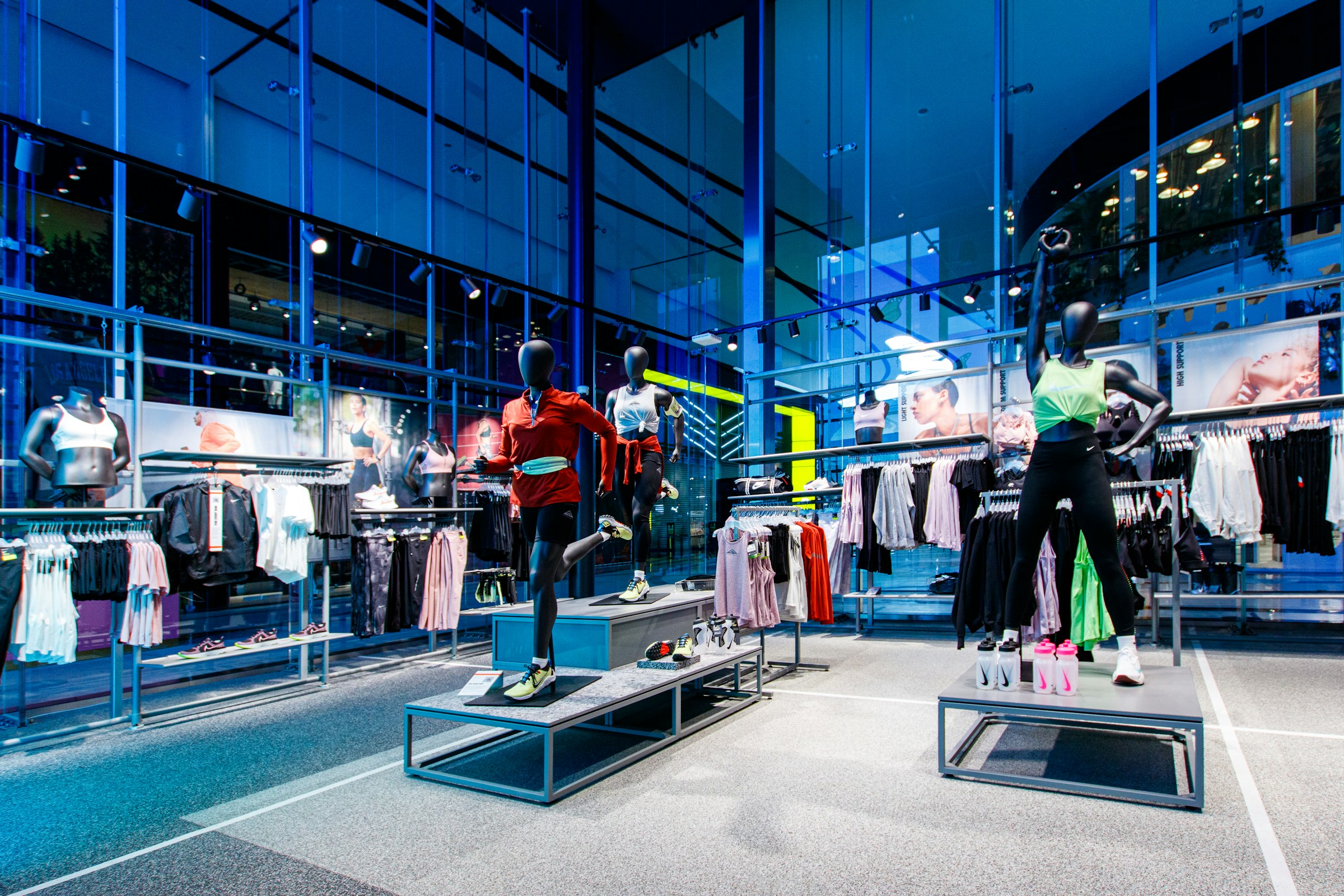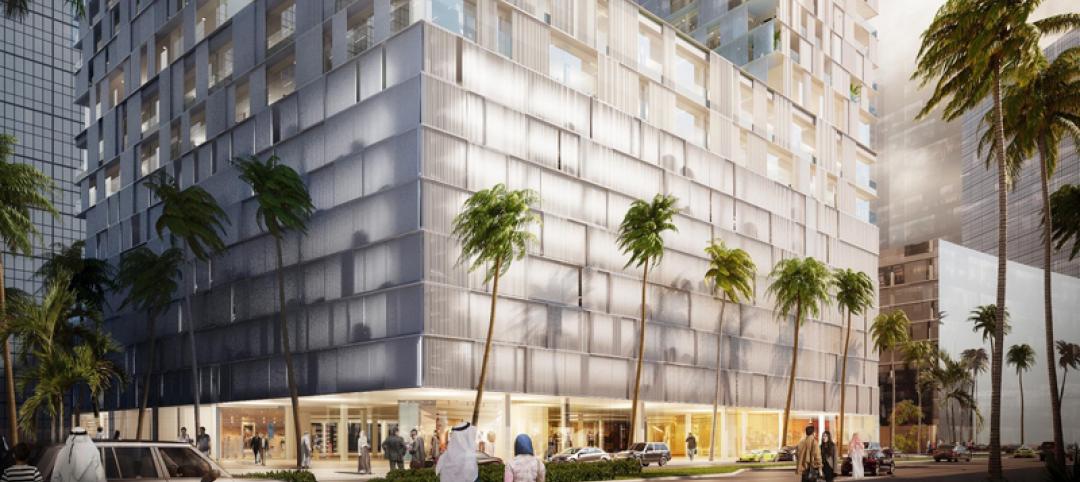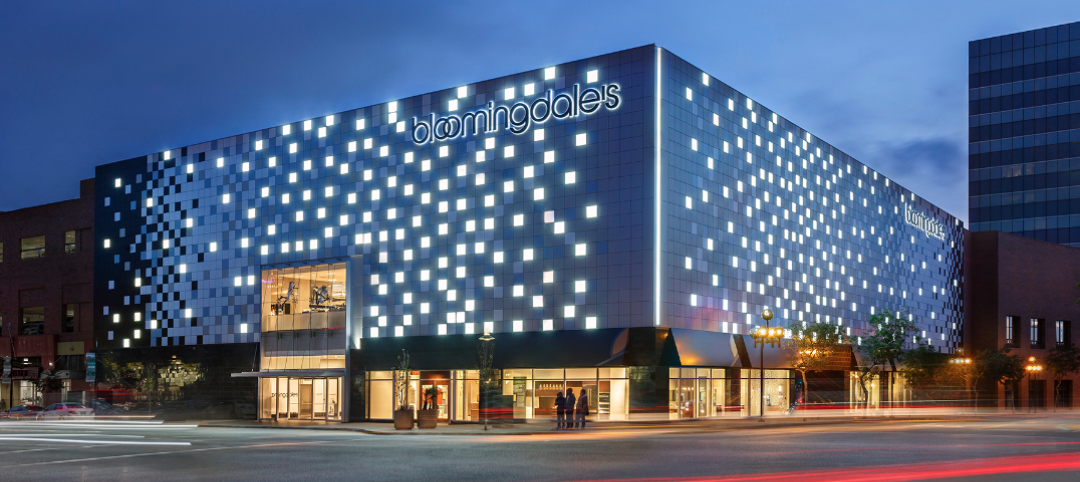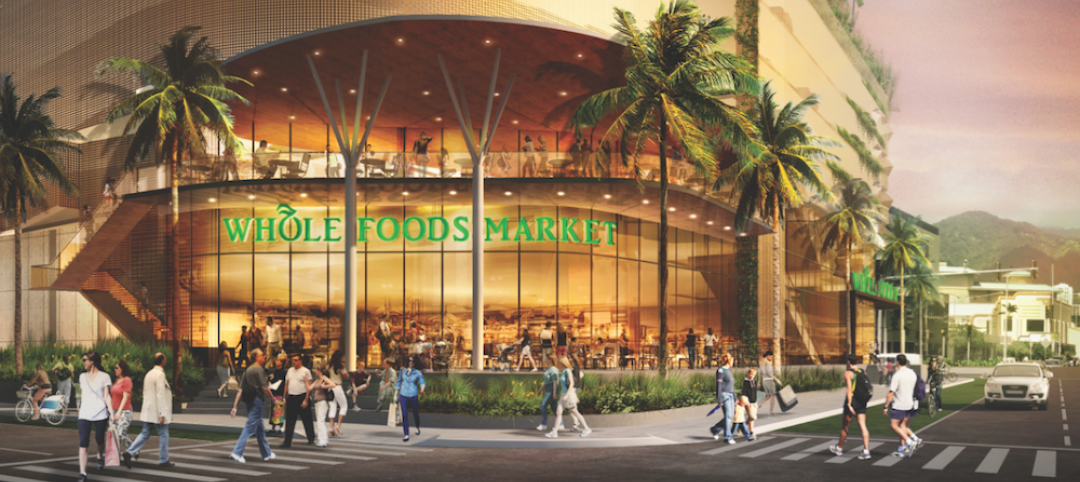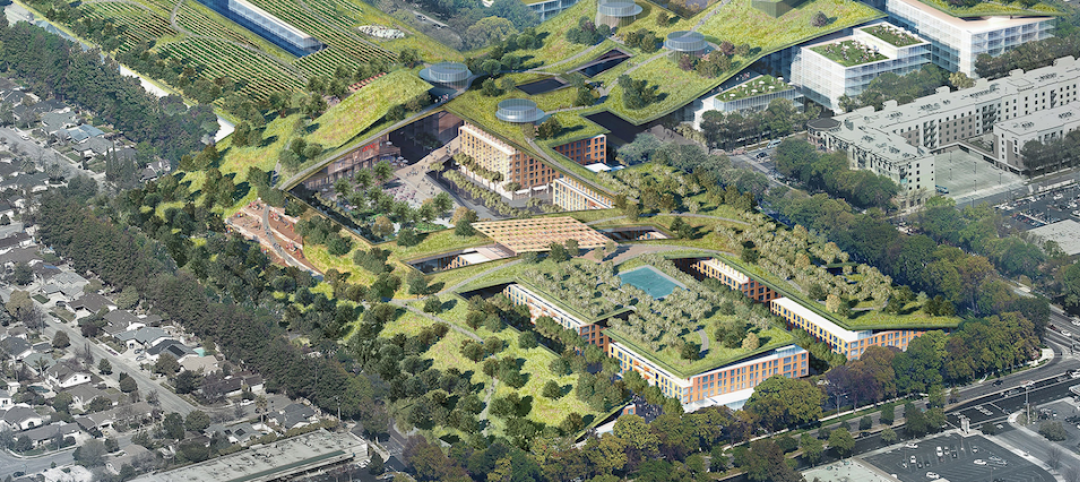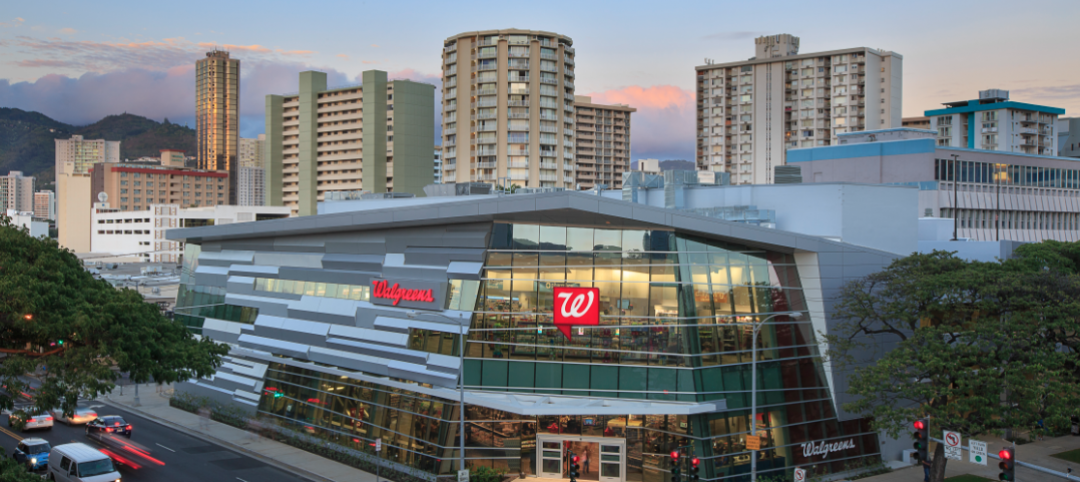Consumers are making lifestyle choices with wellness in mind, which ignites in them a feeling of purpose and a sense of motivation.
That’s the conclusion that the architecture and design firm MG2 draws from a survey of 1,182 U.S. adult consumers the firm conducted last December about their seeking healthier shopping experiences. (Download the full report.)
Nearly half of the respondents said they were aware of the effects that displays which communicate “wellness” have on their minds and bodies. About three in five respondents agreed that sounds generated by physical events—like waves or rain—coupled with natural light can establish a sense of calm. And about the same ratio preferred shopping environments with activity spaces, such as meditation or exercise rooms.
MG2’s report delineates the survey’s respondents by age, location (i.e., suburban, urban, or rural), gender, and household income. The report also groups the respondents into three categories:
- Pathfinders, who like to find, learn about, or develop wellness practices that will fit their lifestyles. Pathfinders accounted for 42% of respondents;
- Escapists, who look for relaxing or centering wellness outlets. This group represented 35% of respondents; and
- Ritualistics, who are committed to wellness routines that address their mental well-being on a scheduled basis.
For many, wellness in retail design equates to calm
The survey elicited responses that accentuated the range of meaning that “wellness” now encompasses. For example, 54% identified physical exercise, like running or yoga, as a wellness practice that enhances mindfulness. When it comes to enhancing emotional wellness, 48% of the survey’s respondents cited personal spaces for meditation or relaxation.
Indeed, “healing,” “tranquility,” and “re-energizing” were the top three themes cited for brands to emphasize in a consumer-focused wellness experience.
When taking a wellness-driven journey, Pathfinders prefer predetermined routes, as do consumers within the 27-43 and 43-49 age groups, whereas Escapists want to determine their own paths. (Ritualistics split down the middle.) All but the Baby Boomer cohort prefer visual messaging cues that help them navigate a wellness journey.

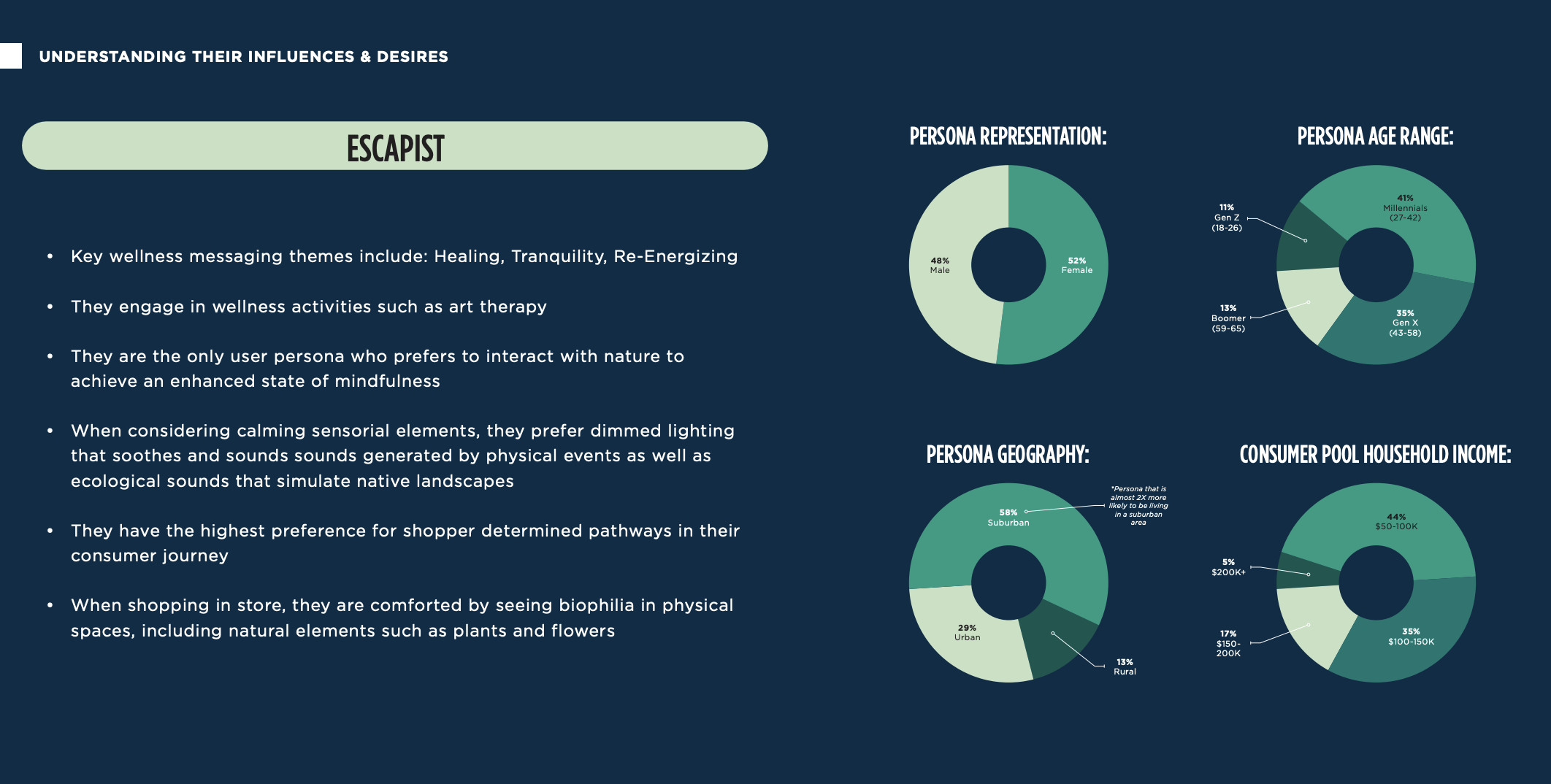

Knowledge about a product or service’s wellness characteristics and its effects on a consumer’s body and mind was deemed important information sought by the greatest percentage of respondents. It’s worth noting, too, that more than one-third of Generation Z consumers wants to know how a product will factor into their daily routines. “Brands and retailers have the ability to establish greater trust with their consumer audience by communicating these details, providing a deeper sense of confidence when deciding to invest in a product or service in support of their wellness journey,” the report states.
Sound, smell, and sight were identified by respondents as the three top integrated in-store senses for memorable experiences. And among the myriad “sensory scapes” that a shopping environment can present, sounds generated by physical events combined with natural light were the mostly likely to add a sense of calm for consumers, followed by ecological scenes and sounds that simulate native landscapes.
Synchronized music and lighting, on the other hand, ranked highest among the sensory scapes that would best add a sense of stimulation within consumers.
Lighting and tech can boost a retail store’s wellness ambience
“You can’t put a price tag on what delivers health and happiness,” says the report, which found that 85% of respondents differentiate wellness-driven retail experiences from conventional shopping.
For Ritualistics, what separates one from the other is how the experience enhances their daily lives. Escapists said it’s an experience that supports their emotional needs. And Pathfinders find wellness in shopping experiences that correspond with their everyday routines. (Boomers were the group least-inclined to see any difference between wellness-driven and traditional shopping.)
Lighting can be a significant factor in how consumers relate to a shopping environment. Nearly half of respondents to MG2’s survey said that dimmed lighting which soothes and provides a sense of leisure best contributes to a feeling of wellness, followed by lighting that mimics the patterns of natural light during the day. (Intriguingly, two out of five respondents with household incomes of $200,000 or more find bright light that energizes to be a contributing factor for wellness in stores.)
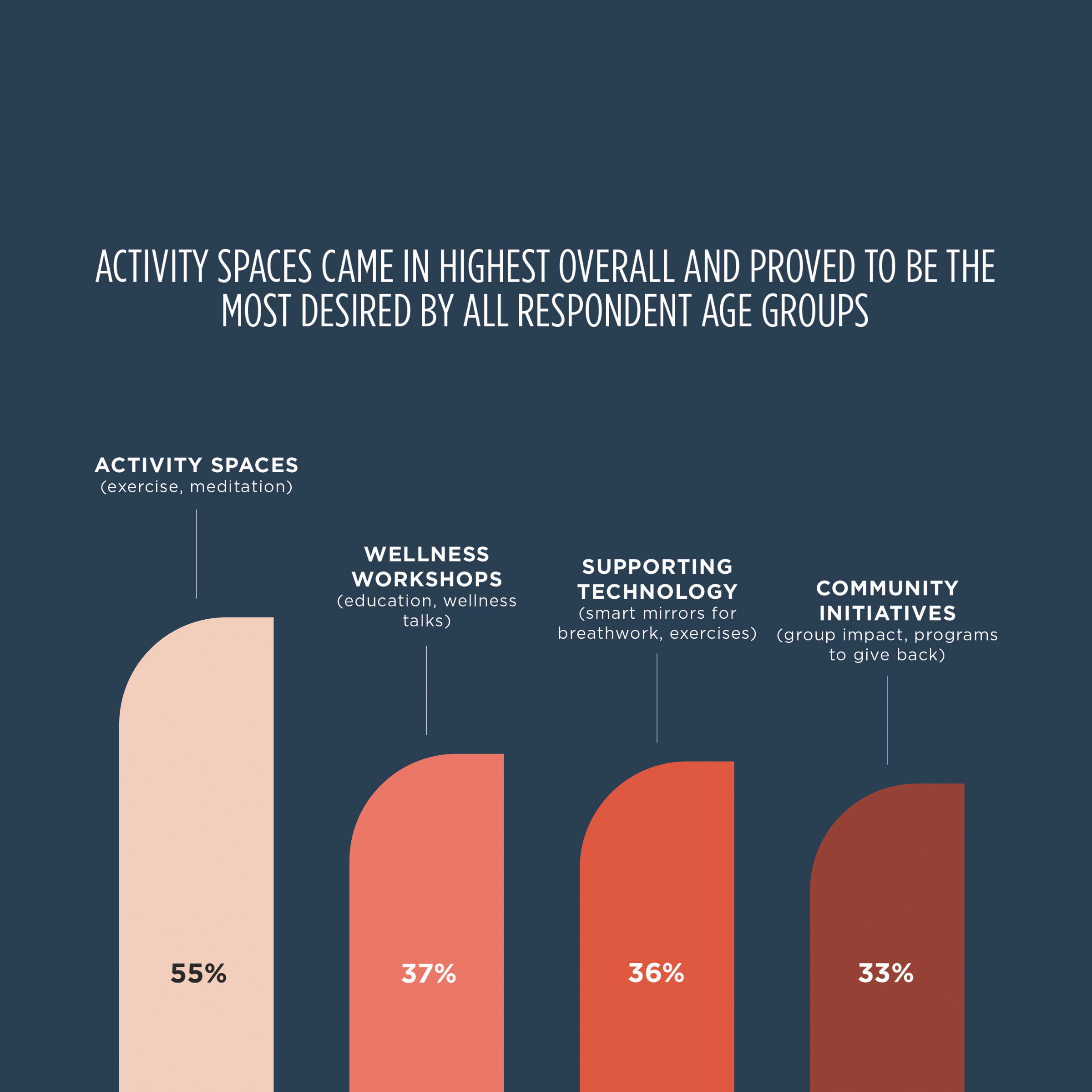
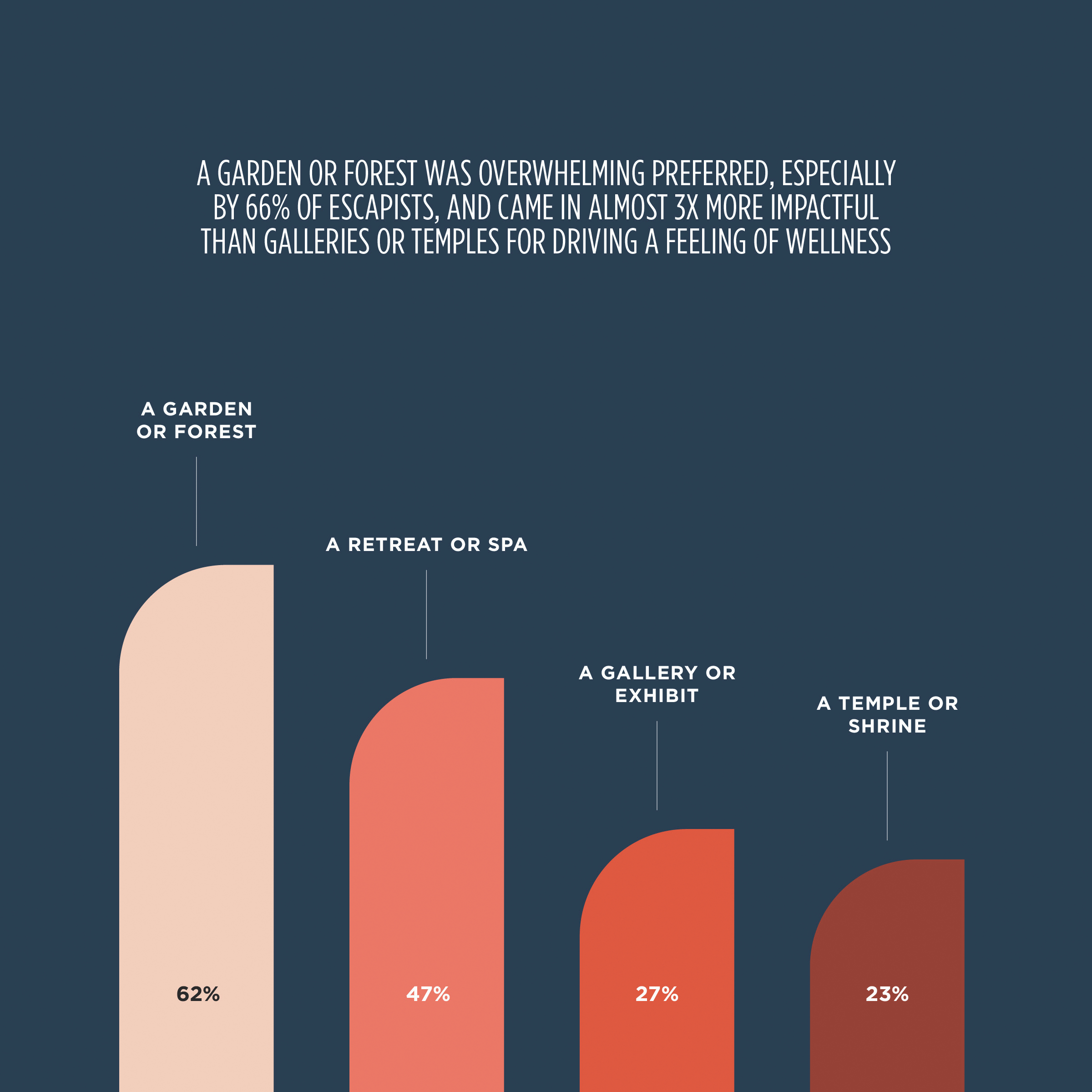
Fifty-five percent of respondents—and 66% of Boomers—cited activity spaces such as those carved out for meditation or exercise as the integrations they most desired in wellness-driven environments. A garden or forest was overwhelmingly preferred among aesthetics within shopping environments that would be most impactful in driving a feeling of wellness in consumers, followed by a retreat or spa.
MG2 posited that technology can be an “innovative and highly experiential” way to drive consumer education and engagement within the wellness space. More than one-third of Gen Z respondents thought that virtual reality can complement a wellness-driven consumer experience, while the highest percentage of Millennials and Gen X respondents (especially those who are female) singled out chromotherapy tech that uses light for physical and mental healing. Forty percent of Boomers saw wellness benefits in interactive wall and window displays that help them explore products and services.
Related Stories
Retail Centers | Oct 5, 2015
Minnesota’s massive Mall of America looks to nearly double its size
One phase is under construction, a second has been proposed, and a third is on the drawing board.
Multifamily Housing | Oct 1, 2015
Wiel Arets unveils twin, 558-foot mixed-use towers in Bahrain’s capital
The development, Bahrain Bay Tower, will consist of two residential towers connected “by a plinth of retail, office, parking, and public park space.”
Giants 400 | Sep 8, 2015
RETAIL SECTOR GIANTS: Callison RTKL, PCL Construction, Jacobs among top retail sector AEC firms
BD+C's rankings of the nation's largest retail sector design and construction firms, as reported in the 2015 Giants 300 Report
Retail Centers | Aug 31, 2015
Urban developers add supermarkets to the mixes
Several high-rise projects include street-level Whole Foods Markets.
Retail Centers | Aug 27, 2015
Vallco Shopping Mall renovation plans include 'largest green roof in the world'
The new owners of the mall in Cupertino, Calif., intend to transform the outdated shopping mall into a multi-purpose complex, topped by a 30-acre park.
Retail Centers | Aug 10, 2015
Walgreens’ flagship in Hawaii harkens back to the island’s fishing culture
A house where canoes were made served as the model for this drug superstore’s design.
Retail Centers | Jul 27, 2015
Fish-shaped shopping mall designed for odd plot of land in China
The mall, in Qinshui, a city in China’s Shanxi province, will fit within the 250x30-meter dimensions surrounded by parallel roads and two converging rivers.
Retail Centers | Jun 30, 2015
Glass-clad, 'communal' Whole Foods approved in Miami Beach
The design for the Whole Food Market features a grid of white concrete representing a pure expression of structure and space, establishing a pedestrian loggia at the ground level, and a floating garden above that screens the parking.
Retail Centers | Jun 29, 2015
Snøhetta releases design for riverfront public market in Portland, Ore.
The James Beard Public Market will be Portland’s first year-round market since 1942, when the Portland Public Market closed down.
Retail Centers | May 26, 2015
5 ingredients of successful mall design
Entertainment, dining, and leisure components, plus the latest technology, are now crucial to making these centers a regular part of customers’ lives.


